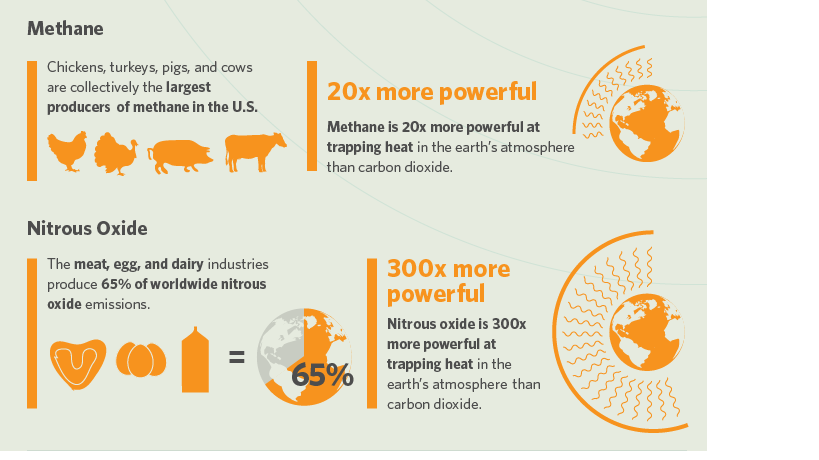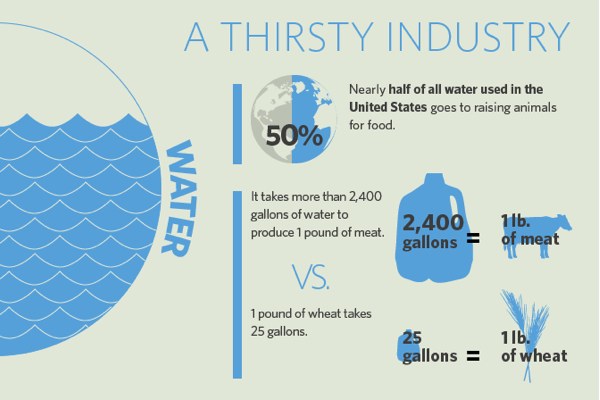Concrete causes damage to the most fertile layer of the earth the t. To get the most useful information out of an LCI precast concrete should be considered in the context of its end use.
 The Environmental Impact Normalised Of The Concrete Bridge And Steel Download Scientific Diagram
The Environmental Impact Normalised Of The Concrete Bridge And Steel Download Scientific Diagram
Table 2 gives an overview on the environmental impact of typical concrete raw materials.

Concrete environmental impact. And by determining how we can reduce its impact even further moving forward we can be informed. The Environmental Impacts of Concrete - MEKA Benefits of using green concrete. Concrete is bloody awful for the environment producing approximately 1 tonne of CO2 for every tonne produced.
The Environmental Impact of Concrete 11012019 in Uncategorized by Grace. Physical and chemical adhesion. And mechanical anchorage induced by complex fibre geometry or by deformations or other treatments on the fibre surface.
Among materials only coal oil and gas are a greater source of greenhouse gases. By determining how it affects our environment in comparison to other materials we can feel at ease. Concrete has a low environmental impact per product delivered and crucially allows us to handle the ongoing urbanization of the global population and the resulting social challenges associated.
Concrete causes damage to the most. And concrete as one of the mostly widely used materials in the world tends to figure quite highly in this category. According to the National Ready Mixed Concrete Association each pound of concrete releases 093 pounds of carbon dioxide.
We can finally ensure that all of our products aid in a brighter tomorrow. Carbon dioxide absorbed by concrete through carbonation during the building life-cycle. It is second only to.
Since concrete is such a widespread item the amount of CO2 released in the industry continues to grow. Carbonation in wood-frame structures showed in figure 1 is due to the concrete used as foundations. Taking in all stages of production concrete is said to be responsible for 4-8 of the worlds CO2.
As I discussed in a prior post the world is running out of sand for concrete production. For example in a building the environmental impact of the building materials is usually dwarfed by the environmental effects associated with building operations such as heating ventilating cooling and lighting. Concrete is the most widely used man-made material in existence.
The purpose of this research is to evaluate the environmental impact of concrete structures and the built environment through LCA and to highlight the possibilities to reduce that impact with choice of concrete mix and innovative design solutions. The environmental impact resulting from the production of 1 m 3 of concrete can be calculated by multiplying the impact resulting from the production of each raw material with the amount of raw material used in the concrete and by summing up the individual impacts. By breaking down the facts about concrete we can see the truth.
Environmental Impact of Cement. The environmental impact of concrete however goes further than the large amount of CO2 released into the atmosphere through cement production. And at almost every step in its life cycle concrete has an environmental impact.
Here we discuss ways to limit the impacts. By Catriona Lingwood Chief Executive of Constructing Excellence in the North East. A total of 12 billion tons of concrete 1 or approximately 3 billion tons of cement 2 are used around the world each year.
There are many ways to reduce the environmental impact of concrete structures. With each person consuming about 3 tons of cement annually it is the second most used material on Earth after water. Recycled concrete has a high CO2 absorption rate respect the same concrete used as structure figure 1.
Cement is a fine gray powder used in the production of concrete and mortar. Green concrete gains strength faster and has a lower rate of shrinkage than concrete made only from. Instead of a 100 Portland cement mixture green concrete uses between 25 and.
The environmental impact and mechanical behaviour of fibre reinforced concrete FRC depends largely on the interactions between the fibres and the brittle concrete matrix. The environmental impact of concrete its manufacture and applications are complex. In addition to air-pollution another environmental impact of cement and concrete production is water pollution.
A Conservative Approach to Low-cost Housing Through the Use of Expanded. Such widespread use of concrete is also exhausting our diminishing supplies of useable sand desert sand is.

